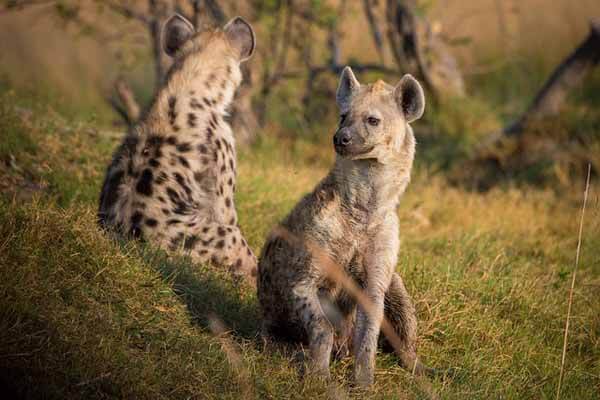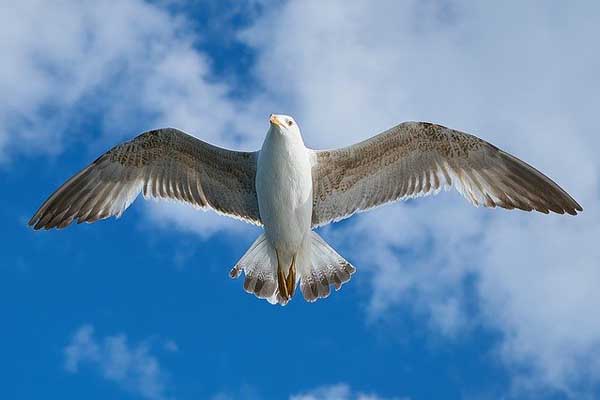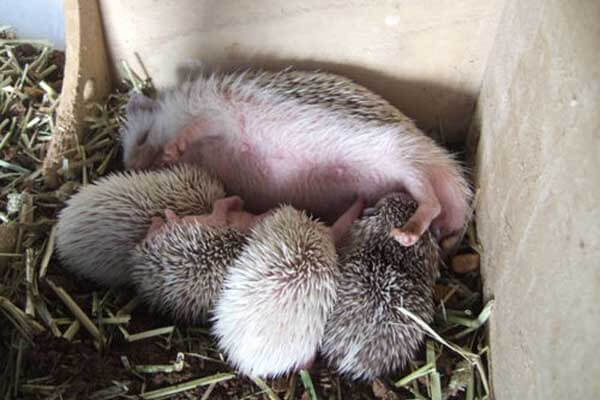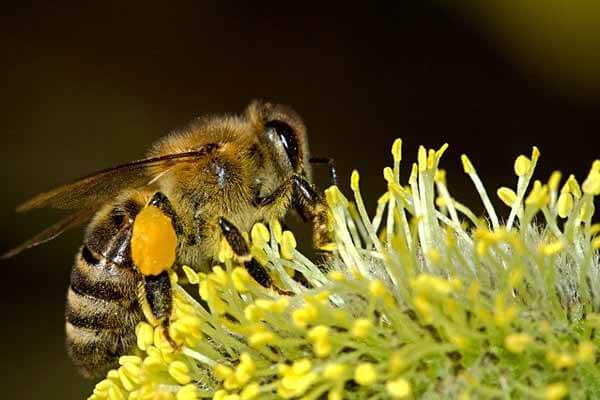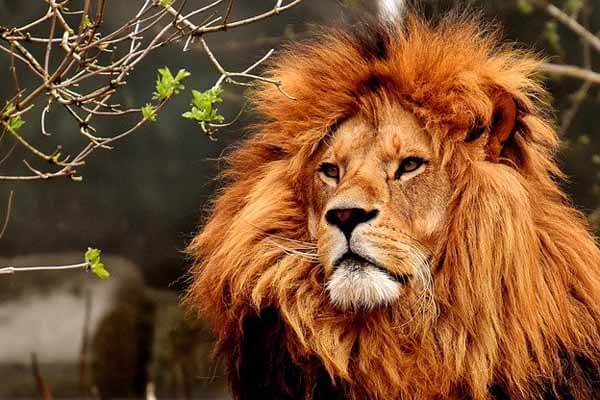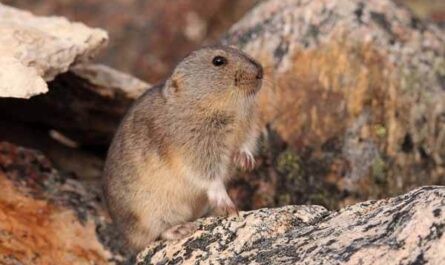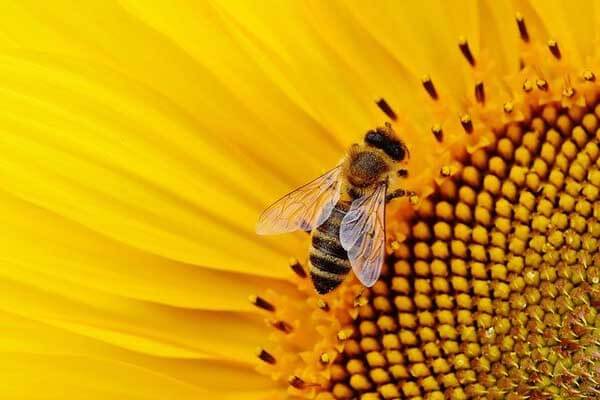In natural habitats, these exotic birds have a varied diet, most of which consists of tropical fruits.
These birds can eat them all year round because there are no frosty winters in the regions where these birds live. A mild climate is favorable to grow not only fruits but also berries, greens, and vegetables. All these plant foods are eaten by birds with pleasure the whole year-round. What products they give preference, and how to compose a menu for the pet, we will tell in detail.
What do parrots eat in the wild?
The diet of parrots varies somewhat depending on their species. While most macaws prefer to eat fruits and berries, their hyacinth subspecies eat mostly palm nuts. Another fan of palm fruits is called the African gray parrot. It tastes like the ones that grow on red oil palms.
Grain is considered one of the favorite foods of tropical birds. The birds get carbohydrates from it, which allows them to stay satiated and energetic for a long time. What do parrots eat from grains? Practically everything. They gladly eat millet, oats, canary seed, flax, nougat, sesame, hemp seed, meadow grass seed, and sunflower seeds. Seeds of wild plants are collected by birds in forests and valleys, but for grains of cultivated plants, they go to fields, which are planted by people.
Some species of birds eat not only seeds of plants but also their shoots and branches. Young greens are preferred by birds. It is easier to digest and does not cause digestive problems. While greens are young, they contain the most vitamins, so parrots eat the first sprouts. With the help of young twigs, birds knead their beaks.
When listing what parrots eat in nature, it is necessary to mention fruits and berries, which the birds devour in large quantities. Depending on the region in which the birds live, they can eat apples, bananas, citrus fruits, grapes, pineapples, and kiwis. Parrots, like humans, separate the edible from the inedible. They do not eat the stalks and seeds of fruits and only occasionally may eat the peel. Some fruits are ignored by parrots. These include avocados, persimmons, papayas, and mangoes.
When fruits and berries are scarce, parrots can include roots, tubers, and bulbs of plants in their diet. To get them, birds use their beak and nimble paws to dig up the ground and extract what they want to eat from it. Large breeds of tropical birds are not squeamish about larvae found underground. They may also get squirrels by eating butterflies and other small insects. However, such “meals” are not considered a staple in any species of parrot.
Farmers can tell most of all about what wild parrots eat, as these colorful birds find food in the fields both in productive years and in times of drought. It is much easier for birds to eat grains grown in the field than to waste time and energy searching for grains in woods and meadows. They especially like corn. Tropical birds don’t mind dining in gardens and parks, as long as there are fruits they like.
What do parrots eat at home?
The basis of the domestic diet of a feathered pet is grain mixtures. They allow the bird to be quickly satiated and get the necessary proteins, fats, and carbohydrates for a normal life. Veterinarians recommend buying ready-made grain mixtures and feeding them to parrots according to the instructions on the package. Such mixtures are convenient because the owner does not have to calculate the amount of each type of grain. Also, at the expense of the caloric content of the components of the mixture, they do not have to give them in large quantities, because large parrots eat no more than 1 tablespoon of grain mixture per day.
Millet, oats, sunflower seeds, flax seeds, hemp seeds, and canary seeds are considered to be mandatory components of the grain mixture. All other grains may be included as additional ingredients. The percentages of the main components should be distributed as follows: 60 percent millet, 20 percent oats, 15 percent sunflower seeds, and 5 percent flax seeds, hemp seeds, and canary seeds.
So that in addition to carbohydrates, fats, and proteins the parrot receives micro-and macronutrients, mix grain mixtures with various additives. For example, with powder obtained by grinding eggshells. If you don’t want to make the feeding yourself, look for it in a pet store.
What do parrots eat besides food? Sprouted seeds. They are very useful for birds because they combine the caloric value of grain and vitamins contained in fruits and greens. So that every breeder can offer such food to his feathered companion, pet stores offer both sprouted seeds and selected dry ones, which can be grown even on the window sill. Birds eat oats, hemp, and wheat best. Other seeds are more skeptical.
If you are having trouble providing a variety of food with the onset of winter, be sure to give your birds mineral supplements and vitamins. The most popular and affordable are mineral rocks and sepia, which have a huge array of salts, calcium, magnesium, and phosphorus. Solid supplements help birds not only to balance the balance of vitamins and useful elements but also to sharpen their beak.
Don’t forget that parrots also eat succulent food at home. By this term, we mean vegetables, fruits, berries, and herbs, which birds need as much as grains. If you feed your bird only grains, don’t expect it to live a long healthy life. A balanced diet will help prevent disease and premature death.
The pet’s diet should definitely include vegetables such as:
tomatoes and cucumbers.
Mature fruits contain iodine and a large number of vitamins needed by the bird. The substances present in cucumbers and tomatoes stimulate
young corn
Give small young cobs raw, because they contain a lot of fiber, protein, and starch. The birds will have fun while picking out tasty kernels.
Zucchinis, pumpkins, turnips, and parsnips
These fruits should also be given raw. You can offer bird sliced or grated vegetables.
bell peppers
This vegetable is useful for birds because it contains vitamins B-group and many trace elements. It is better to serve it raw, pre-cut into small pieces. Bell pepper is one of those vegetables that domestic parrots eat with seeds.
Cabbage
Parrots eat all varieties of cabbage well in the form of sliced or grated masses. To make it easier for the bird to digest such food, the cabbage leaves should be steeped in boiling water before serving.
Beets
Do not be afraid to feed your parrot beets. Birds love this root vegetable for its high fiber content and rich vitamin content. Preference should be given to a raw vegetable, cut into small pieces, or grated on a coarse grater.
Carrot
This root vegetable is a major source of vitamin A, which helps maintain visual acuity, immune strength, and the beauty of plumage.
Legumes
Chickpea, pea, bean, bean, and lentil pods and sprouted seeds are served fresh only.
Of fruits and berries, parrots are allowed to give cherries, plums, cherries, rose hips, currants, sea buckthorn, victoria, cranberries, cranberries, raspberries, rowanberries, grapes, bananas, kiwi, apples, pears, and pomegranate. Before serving, fruits are thoroughly washed, cleaned of stalks and impurities, and remove the pips. You can diversify the diet with greens. This can be grown at home or fed to the bird with purchased salad leaves. If you have an opportunity to gather dandelions, plantain, and young tree buds somewhere out of town, treat your parrot to it. We are sure he will like such a vitamin meal.
What do parrots eat in the wild? Parrots’ diet
Parrots are omnivores. They prefer fresh vegetables such as steamed broccoli or squash, along with whole grains like oatmeal and brown rice. For a healthy diet, parrots should be fed organic foods, which are free of chemicals and other harmful ingredients. Additionally, they should be given fresh fruits and seeds. They will also eat buds, insects, and fruits. You can choose to feed them raw or cooked.
While fruits and vegetables are healthy and safe for parrots, you must remove the seeds and pits from them. Onions and pear seeds contain cyanide, which is toxic to parrots. It is best to avoid giving them these fruits or vegetables, and instead provide them with a varied variety of healthy and nutritious fruits and vegetables. It is best to serve organic foods. It will help to give your bird a balanced diet so that it won’t develop any allergies or health problems.
You can feed your bird some healthy grains, including quinoa and brown rice. You can also give your bird organic fruits, but make sure they are thoroughly washed first. Apples, mangos, and peaches are safe to give your bird. Avocado is toxic for birds. If you want to give your pet fruit, you can also give him a chia seed treat. You can give him a little bit of the vegetable you eat, but try not to eat it too often.
While the most common foods that your parrots should be fed are fruits and vegetables, you can also add some grains and sunflower seeds to his or her diet. Grain is not only a good source of protein and sugars, but it is also high in fiber. It can be a good option if you want to feed your bird healthily. It can help you save a lot of money on a vet bill.
Fruit and vegetables are the main part of parrots’ diet. While most of these foods are nutritious and tasty, you should also avoid giving your pet treats that contain sugar or processed ingredients. Many people are afraid of feeding their pets, so they will never try it. The same rule applies to your pets. If you’re worried that your parrots will eat too much, you should consult with your veterinarian. You can feed your parrot fruits and vegetables every day.
In terms of fruits, parrots can eat almost anything that contains seeds, although some species of them may be toxic to humans. Other fruits that your parrot can ingest are bananas, apples, and berries. You should avoid giving your bird sunflower seeds. If you want to offer your bird the best possible diet, choose fruit that is high in protein. If you don’t want to feed your pet fruits, consider offering them sunflower seeds instead.
In addition to fruit and vegetables, parrots can also eat termites. These insects live in trees and can be found in the wild. Termites are a good source of protein for parrots. They may eat the leaves and the eggs of some fruits and vegetables, but they can also eat some vegetables. Some fruits and veggies are safe for your parrot. The pips in apples are toxic.
Vegetables are important for your parrot’s diet. You can offer your pet broccoli, spinach, and dandelion greens. However, you should limit the number of seeds and nuts your parrot consumes, as they are high in sugar and should not be a large percentage of their diet. They will also be fine with grapes as long as they don’t make up a large percentage of their food.
In addition to fruits and vegetables, fresh vegetables are important for your parrot’s health. However, be aware of the fact that not all vegetables are equally nutritious. For example, lettuce and celery are rich in fiber and water. Dark green vegetables are best. You can offer them in a variety of forms. You can either give your parrot whole fruits and vegetables or serve them with cut pieces. Adding raw food to your bird’s diet will help them absorb more nutrients and minerals from their food.
